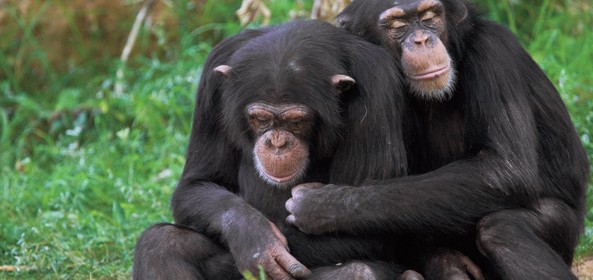The evolutionary roots of monogamy

|
Getting your Trinity Audio player ready...
|
Their conclusion: Males began sticking around their mates to prevent other males from killing their offspring. When unrelated males have access to females with babies, the study found, they tend to get rid of the babies because it ends the suckling period and makes the moms fertile again. “Infanticide is a real problem, particularly for social species,” says anthropologist Christopher Opie.
By coincidence, a separate group of researchers just completed their own study on the evolutionary roots of monogamy, and they came to a different conclusion. Pair-bonding evolved, they say, when females of some species began living away from other females, spreading out to get more food. Males had to “move in” with them to fight off other suitors and preserve their sexual access. Tim Clutton-Brock, an evolutionary biologist at the University of Cambridge, cautioned against applying these studies to modern humans—especially given how humans behave. “I’m far from convinced that humans are really monogamous,” he said.

 Print
Print